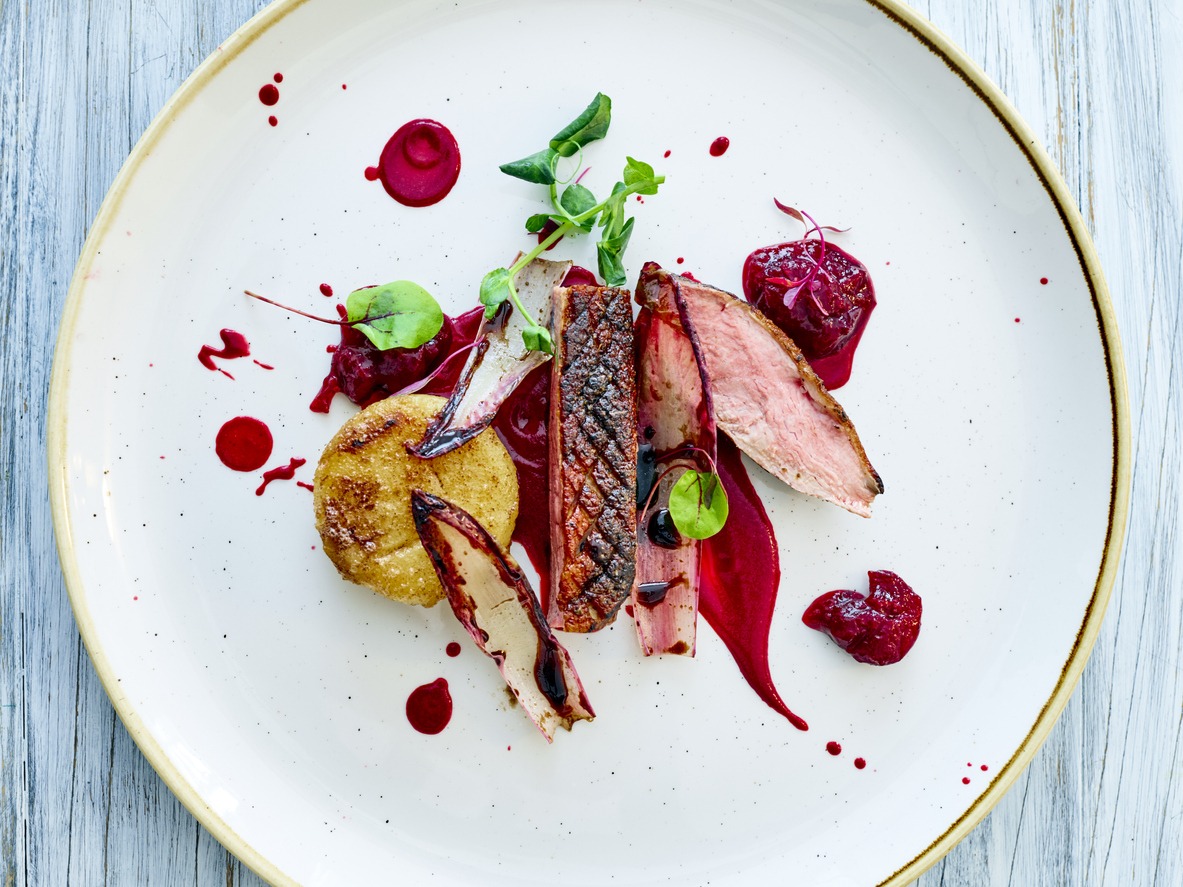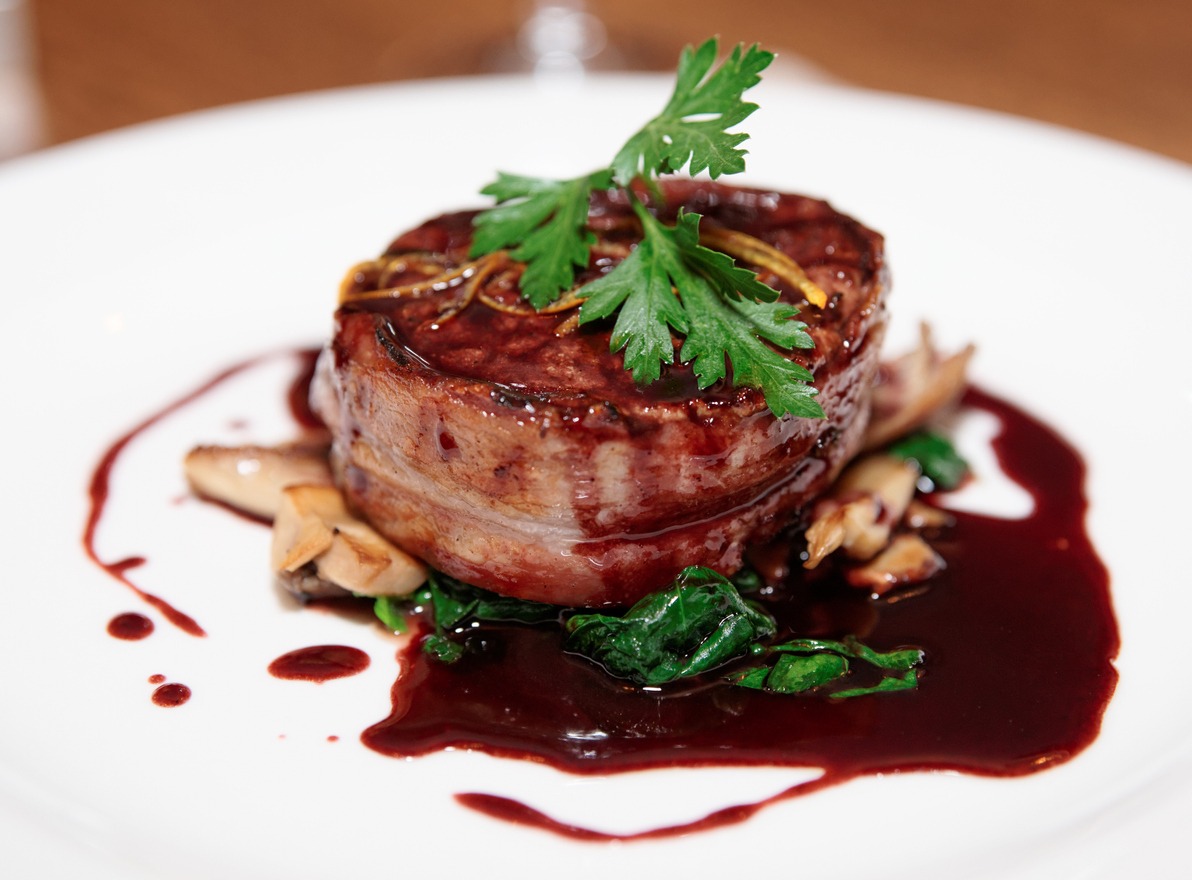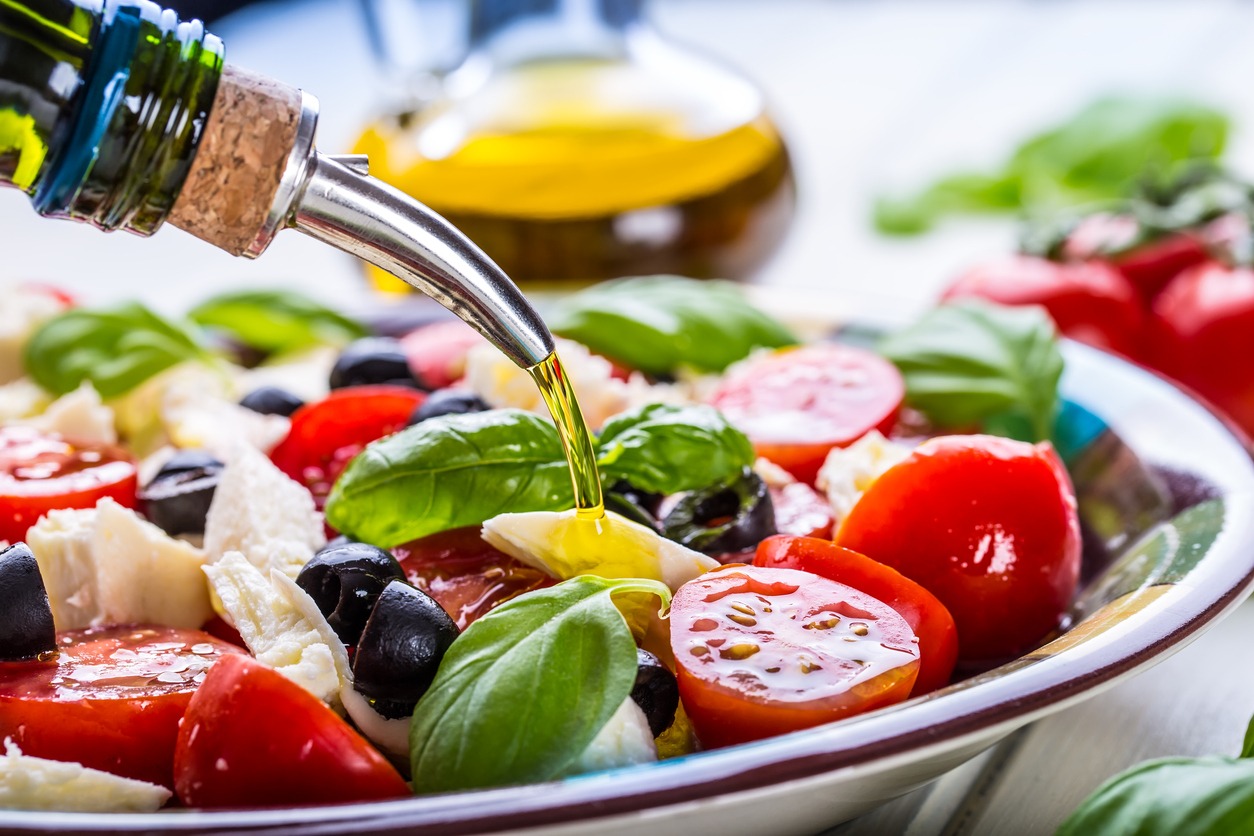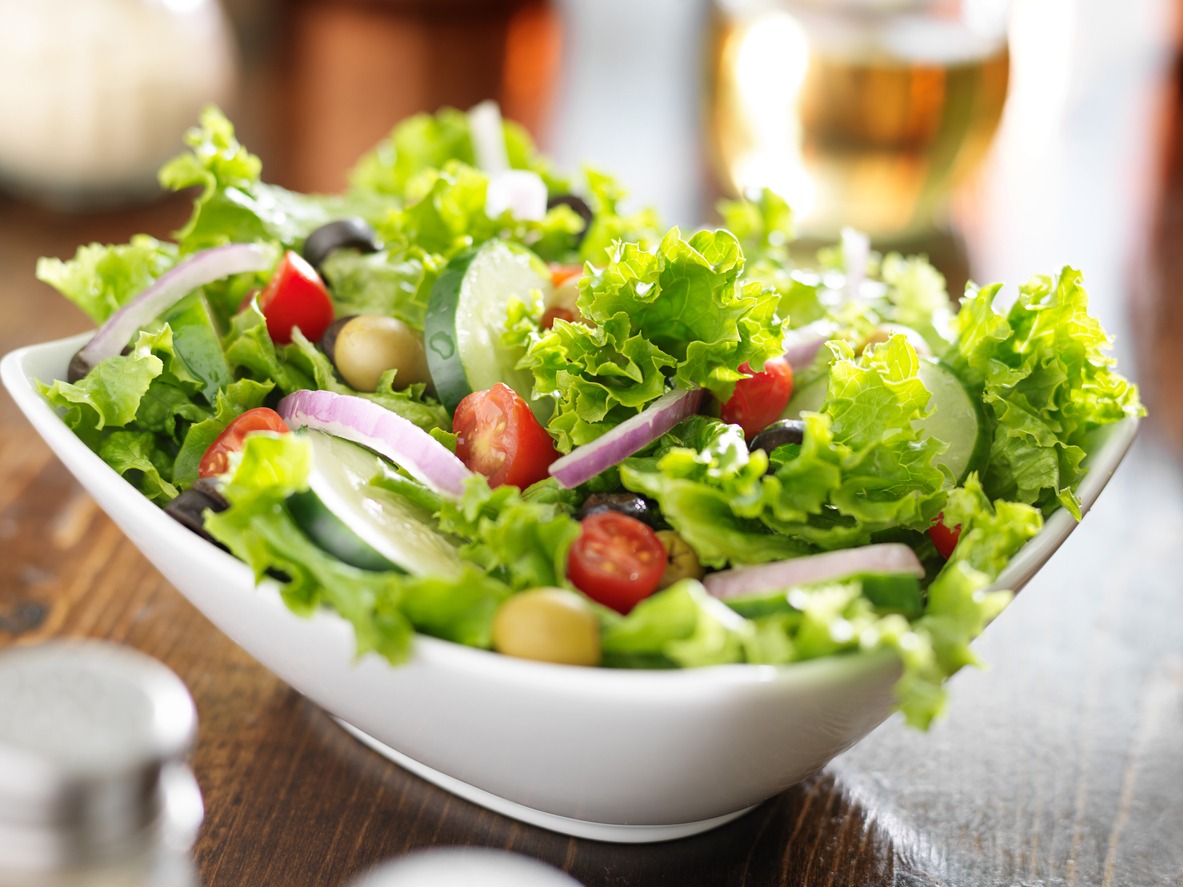Entrees

An entrée [prounced IPA:αn-tre or "on-tray" in American English] is a culinary term that means food being served before the main course in a multi-course meal.
Most entrées include a vegetable (broccoli, carrots), a starch (potato, yam), or a meat or protein (chicken, veal, steak, beef, pork or ham).
While this term is a bit confusing for travelers, the introduction of entrée also depends on what place you’re dining.
In some areas of Canada or the United States, entrée is often associated with the main dish of a meal, like a roast chicken with vegetables. “However, in other countries, particularly Europe, it is not uncommon to hear the word entrée used to indicate a first course, appetizer, or starter. This can include hors d'oeuvre, soup, or salad,” said food writer Danilo Alfaro of Spruce Eats.
This is why you have to be familiar with the term, especially when you are dining out in different countries. If you are not confident enough on the term, you may be specific with the food you want to order. You can use the term “appetizer” or “first course” at the beginning of the meal, followed by the “main course”.

History of Entrées
In French, the term entrée means beginning or entrance. Thus, this type of food was introduced at the start of the meal. However, as time went by, the French meal arrangement was changed. The entrée was transferred to the next or third of the many courses being introduced during dining.
Soup would be the usual first course, followed by shellfish or fish.
After the fish course, the entrée meal will follow, mostly about lobster and poultry food. Other cold food, such as chaud-froid, aspic, or pâté, can also be introduced. After the entrée, it will be followed by a hot meat food, like lamb or roast beef or lamb. Afterwards, the side dishes, vegetables, and sweet food will be given.
“Since most modern meals are at most a few courses, the entreé is the first course once again in France and much of Europe. Thus the word entrée has gone from referring to the first course to a later course and back again, causing confusion for traveling diners everywhere,” said Alfaro. “Luckily the staff at many European restaurants, especially those that cater to visitors, will help you if you seem confused,” he added.
In most restaurants in the United States, entrée salad is a staple. In a study, Lighthouse Food Service said that entrée salad constitutes 64.3 percent of the menus.
Some essential ideas to consider in developing an entrée salad
To develop an entrée salad for your menu, Lighthouse Food Service recommended the following ideas to be understood first:
- How diners are likely to consume their salad
- Calculation of raw food costs of preparing an entrée salad and how to give a price tag for your market segment
- The main ingredients preferred by the diners or patrons
- The most essential aspects of the salad beside the ingredient components

In Italy, the main meal is typically divided into pasta first and meat second. Some dishes incorporate the two, but the Tuscan table regularly has both.
Beef, Pork & Lamb
Leg of Lamb with Arugula Mint Pesto
Asparagus involtini (small bundles)
Roast Veal with Lemon and Aniseed
Tuscan veal fillet with balsamic vinegar
Beef tagliata (grilled sliced beef) with rucola
Prosciutto in bacon with a pork net
Grilled Pork Tenderloin with Chard
Grilled Lamb Chops with Asparagus
Tuscan fillet with shallots in balsamic vinegar
Peposo all’Imprunetina or alla Fornacina
Fish & Seafood
Scallops in Lemon Butter Sauce
Grilled Shrimp with Arugula and Tomatoes
Baked Swordfish with Vegetables
Steamed codfish served with cannellini beans and Laudemio olive oil

Fascinating facts about entrée salad
Interestingly, the average main salad meal in American restaurants costs $10. According to Light House Food Serve, this average cost increases to $14.19 for midscale, contemporary casual dining, upscale casual dining and fine dining restaurants. In a survey of 5,000 American respondents with a diverse mixture of gender, ages, incomes, regions, and family circumstances, entrée salad preferences are cited:
- 77.4 percent of respondents eat at a restaurant once a month, several times per month, or once per week.
- 67.9 percent of respondents usually, always, or occasionally order entree salads when they dine in a restaurant.
“This percentage includes people who habitually eat salad entrees as well as those who prefer entree salads over the other options,” the study said.
- The top three extra vegetables favored by the respondents were carrots, cucumbers, and tomatoes, cucumbers and carrots.
- Respondents said that the “fresh veggies,” “lettuce type,” and “dressing” are the best and appealing aspects of a good entrée salad
- Respondents said that the least important aspect of an entrée salad surveyed was being sensitive to dietary needs.
- Respondents were mostly interested by the types of fresh veggies and cheeses that could be incorporated in their entrée salad.
- Female respondents put a greater importance on the extra vegetables than male respondents.
- Dressings were the third most important factor to the respondents.
- The top three dressing varieties picked by the respondents were Ranch, Italian and Caesar.
- Respondents had a strong pick for traditional European cheeses, such as Fresh Mozzarella, Cheddar, Mozzarella and Parmesan.
- Respondents were most interested about trying plant-based cheese (26.2 percent), Cotija (21.7 percent) and Gouda (18.2 percent).
- Males respondents generally preferred cashews (58.1 percent) and tortilla chips (57.4percent) than seeds and almonds.
- Avocado ranked second overall as the most enticing fresh fruit addition.
- Women respondents picked ranch dressing (68.7 percent) and men chose Italian dressing (62.7 percent).
- Hard boiled eggs, chicken, and bacon were the three favorite protein features for an entrée salad.
- Respondents were most interested about trying plant-based protein (24.3 percent), pulled pork (19 percent) and shredded beef (17.1 percent).
- Male respondents were more open to a wide choices of fresh fruit features, such as strawberries (62.1 percent), apples (58.3 percent) and avocado (57.4 percent).
- Men diners were “more adventurous” with picking their entrée salad than women.
- About 80 percent of respondents looked at greens and lettuce as the most important aspect of an entree salad.
- The top picks for greens and lettuce were romaine lettuce, spring mix/mixed greens, and spinach greens.
- Kale was considered the least favored choice among the respondents.
